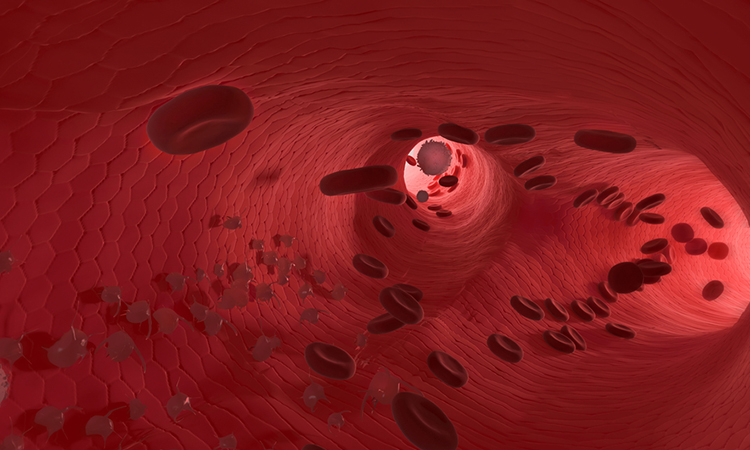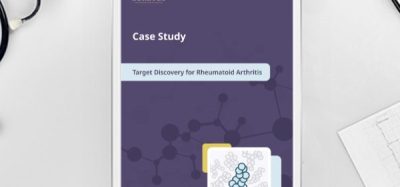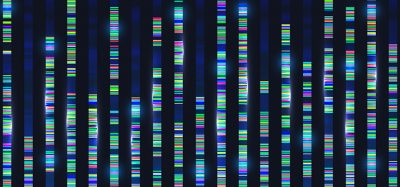Nanoparticle delivery of CRISPR enables genome editing of vascular endothelium
Posted: 6 January 2022 | Victoria Rees (Drug Target Review) | No comments yet
According to researchers, a new method to deliver CRISPR-Cas9 to vascular endothelial cells could be used to treat many diseases, including COVID-19.

Researchers at Ann & Robert H Lurie Children’s Hospital of Chicago, US, have developed a unique nanoparticle that they say can deliver genome editing technology, including CRISPR-Cas9, to endothelial cells, the cells that line blood vessel walls. According to the team, this is the first time that vascular endothelial cells could be reached for genome editing, since the usual way to deliver CRISPR-Cas9 – through a virus – does not work for this cell type.
“The nanoparticle we developed is a powerful new delivery system for genome editing in vascular endothelial cells and could be used to treat many diseases, including acute respiratory distress syndrome from severe COVID-19,” said senior author Dr Youyang Zhao, whose lab conducted the research. “With this nanoparticle, we can introduce genes to inhibit vascular injury and/or promote vascular repair, correct gene mutations and turn genes on or off to restore normal function. It also allows us to edit multiple genes at the same time. This is an important advance for treating any disease caused by endothelial dysfunction.”
Endothelial dysfunction is at the root of many diseases, such as coronary artery disease, stroke, bronchopulmonary dysplasia and pulmonary artery hypertension. Zhao highlighted that genome editing in endothelial cells could even treat cancers by cutting off the blood supply to the tumour or blocking cancer metastasis.
Zhao and colleagues report that they achieved excellent results in a mouse model in their paper, published in the journal Cell Reports. The nanoparticle carrying CRISPR-Cas9 plasmid DNA was introduced via a one-time IV injection and required a few days to be effective. However, they emphasise that more pre-clinical testing will be necessary before clinical trials can begin.
“Our nanoparticle delivery system for genome editing and transgene expression also is a huge advance for cardiovascular research,” added Zhao.
ARTICLE: Improving the safety of CRISPR for the clinic
Related topics
CRISPR, Drug Delivery, Genome Editing, Genomics, Nanomedicine
Related conditions
Bronchopulmonary dysplasia, Cancer, Coronary artery disease, Covid-19, Pulmonary artery hypertension, Stroke
Related organisations
Ann & Robert H. Lurie Children's Hospital of Chicago
Related people
Dr Youyang Zhao






